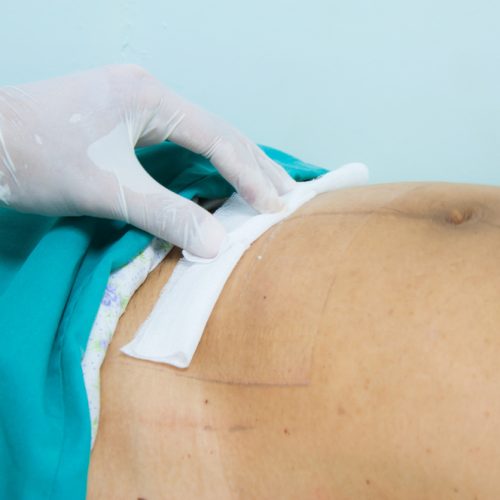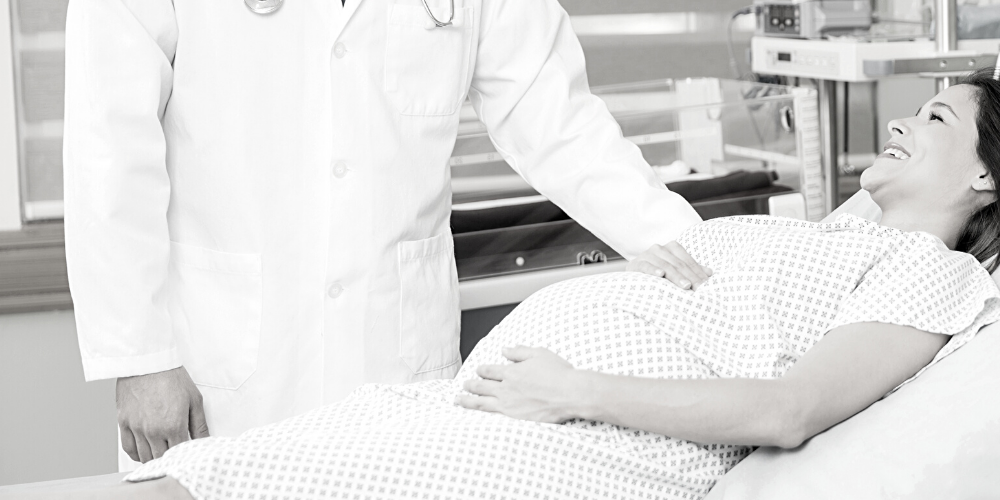Nearly 1-in-4 women say they are still experiencing pain from a C-section that interferes with daily life six months after recovery.
It started with a tweet from a new mom. She had a C-section, and after a few days of recovery was surprised at how information on recuperating from this (major!) surgery was hard to come by, especially in a format that fits the modern era.
Seeing tweets like that reminds me why I started Maternie. Parents need better information when it comes to the major life changes they face throughout pregnancy and beyond. And articles from health media sites often stay on the surface level and don’t get into the details that end up really mattering. So we dug in and found a bunch of interesting things. Below we highlight two of the most important findings from our C-section recovery research:
- Experts argue the recommendation that you not pick up anything heavier than your baby after a C-section lacks hard evidence
- Nearly 1-in-4 women who had a C-section report pain interfering with daily life six months after recovery
C-Section Recovery Recommendations on Activity…Lack Some Data
One of the important things we found relates to exactly how much weight you can pick up while recovering from a C-section. It’s an important one, since you want to A) recover and let your incision heal, but B) have a brand-new baby to take care of. And it turns out that some experts say there isn’t good data behind the common recommendation that new moms avoid picking up anything heavier than their baby in the first weeks of recovery.
As UpToDate, a resource for physicians, put it: “Heavy lifting and lifting from a squat position confer the greatest increases in intraabdominal pressure. These activities should probably be minimized in the first one to two weeks of wound healing, although there are no high-quality data regarding the impact of increased intraabdominal pressure on wound healing,” and they go on to cite a 2009 study that calls for more evidence-based recommendations.
It is not practical to expect every medical recommendation come backed with evidence that comes from a randomized-control trials, the gold standard of scientific research. But the authors of the 2009 study called for “well-designed studies to help guide us and our patients,” and twelve years later…there doesn’t seem to be any widely accepted data. See more details in our C-section recovery guide.
Take “Bouncing Back After Baby” and Shove It: Lots of Women Report Pain Interfering With Daily Life, Six Months Later
Another notable find: Nearly 1-in-4 women recovering from a C-section said pain was interfering with their routine activities 6 months after birth. That was down from 50% at two months postpartum, but it is a significant portion of women who had C-sections still experiencing pain. Interestingly, that number isn’t too far off from the number of women who reported pain interfering with daily life six months after a vaginal delivery, which came in at 19%.
But women who had C-sections were much more likely to say pain was interfering with their normal activities within the first two months, at 50%, compared to women who had vaginal deliveries, at 30%. Looking at this data, the sizable number of women who are still struggling with pain from their delivery after six months should put to rest expectations of “bouncing back after baby” just a few days or weeks after delivery. Check out more details on what women who had C-sections reported as challenges postpartum in our C-section recovery guide.



